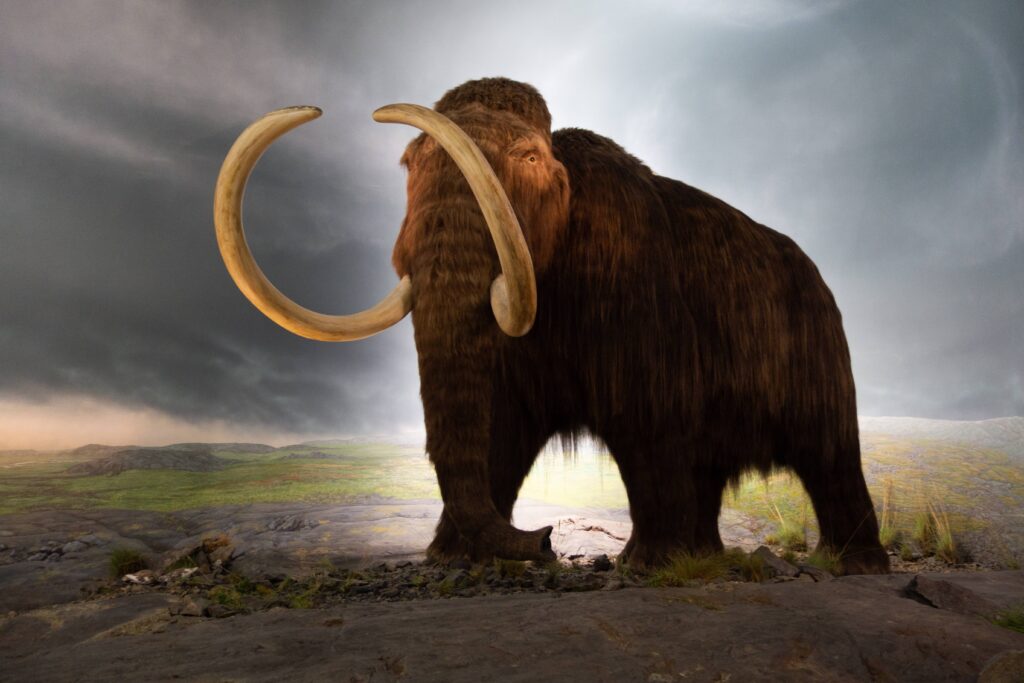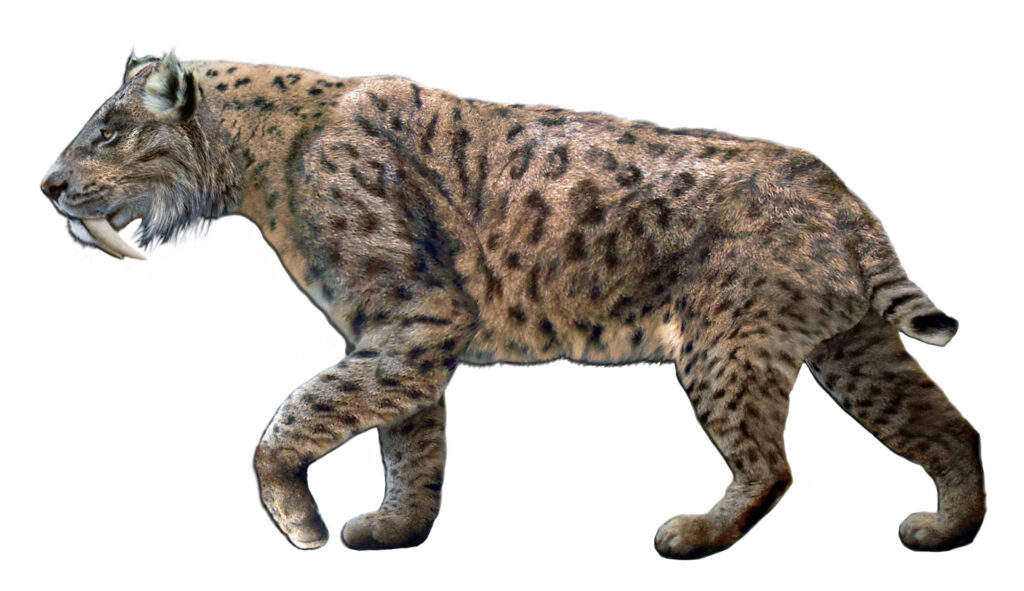Deep in a Dallas laboratory, something extraordinary is happening. Scientists have recently created fuzzy, golden-brown mice with shaggy coats that look suspiciously familiar. These aren’t ordinary lab mice. They’re the first living creatures to carry genes inspired by woolly mammoths, marking what some believe could be a much faster timeline toward bringing Ice Age giants back to life than anyone anticipated.
While headlines constantly debate whether mammoth revival is possible at all, a quieter revolution is already underway. The question might not be if mammoths will return, but whether they’ll walk the tundra much sooner than the scientific community is willing to publicly admit.
The Technology Leap Nobody Expected

Colossal Biosciences showcased three mice with woolly mammoth-inspired traits, such as cold tolerance, woolly coats, golden-brown fur, and curly whiskers as a proof of concept. The mice, which exhibit long, shaggy, tawny-toned fur, were developed using a mix of mammoth-like and known mouse hair-growth mutations.
This breakthrough came as a shock to many in the field. Scientists achieved something many thought would take years longer to accomplish. The woolly mice represent far more than a cute laboratory experiment. They prove that complex mammoth traits can be successfully transferred and expressed in living mammals.
Beth Shapiro, chief science officer at Colossal Biosciences, called it validation that “what we have in mind for our longer-term de-extinction project is really going to work.” The confidence in her voice suggests these achievements might be pushing timelines forward faster than anyone expected. Each successful genetic modification brings the mammoth project closer to reality.
Funding That Changes Everything
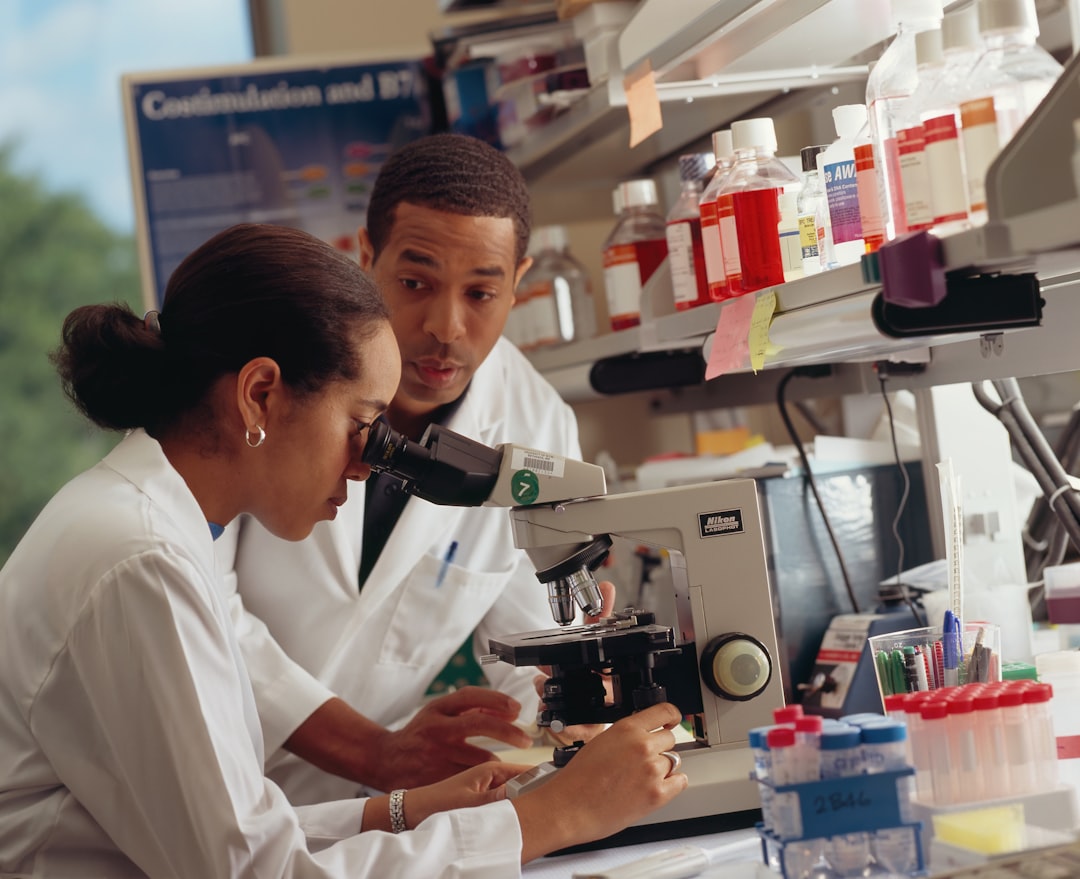
Money talks, especially in biotechnology. Colossal secured $200 million in Series C funding in January 2025, significantly increasing the company’s valuation. As of January 2025, Colossal has raised $435 million in total funding since its foundation.
This isn’t venture capital throwing money at a pipe dream. These are serious investments from people who’ve seen the lab results and believe success is imminent. When investors put this much money behind a project, they typically expect returns within a specific timeframe.
With this investment, Colossal’s total raised funding has reached $435 million. The funds will be used to expand the team of more than 170 scientists, develop new technologies, and support additional species recovery projects. That’s a lot of brilliant minds working around the clock on mammoth revival.
The 2028 Promise Gets Stronger
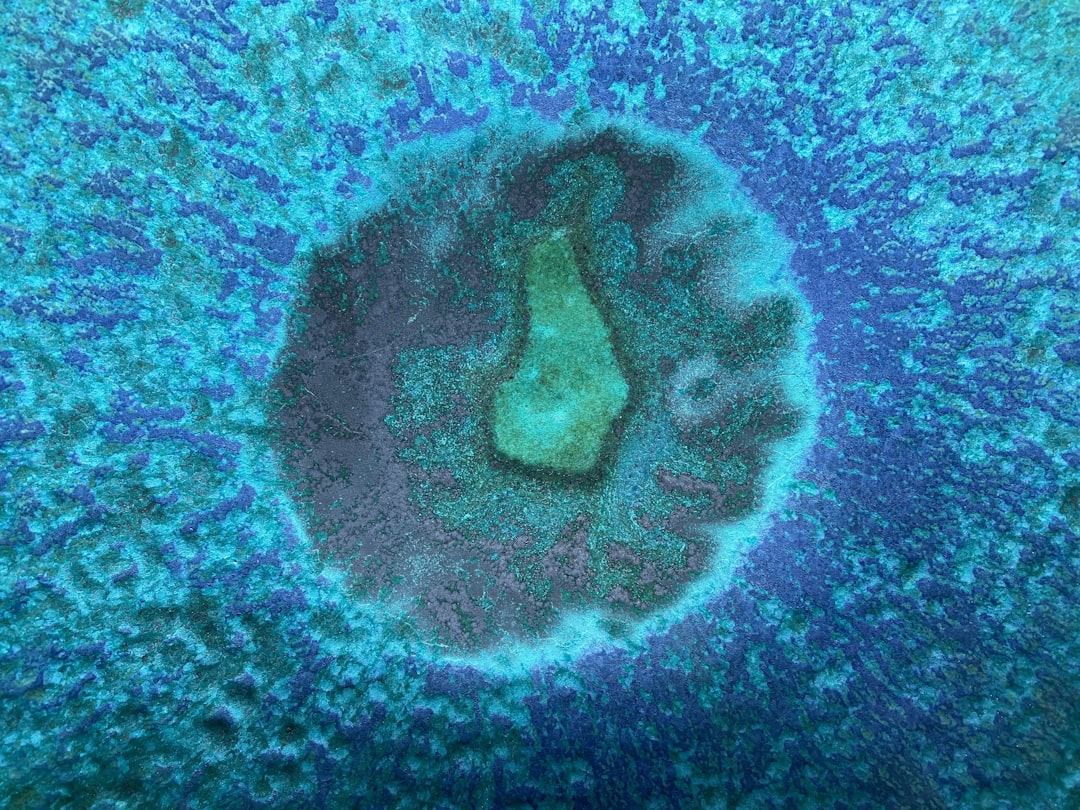
CEO Ben Lamm maintains they’re “still on track for 2028. The biggest gaining factor will be the surrogacy side and, less so, the science of it, because I think we’ll have all of that solved.” Notice what he’s not saying. He’s not hedging about the science anymore. The genetic engineering appears to be progressing so well that surrogacy logistics have become the main bottleneck.
Researchers plan to transfer a woolly mammoth embryo to an Asian elephant in 2026. If all goes according to plan, after a 22-month gestation period, the first woolly mammoth in millennia will be born in 2028.
The specificity of this timeline suggests they’re working with concrete milestones rather than wishful thinking. Companies don’t usually announce precise dates unless they have reasonable confidence in meeting them. The pressure from investors and public attention makes missed deadlines particularly costly.
Parallel Pathways Accelerate Progress
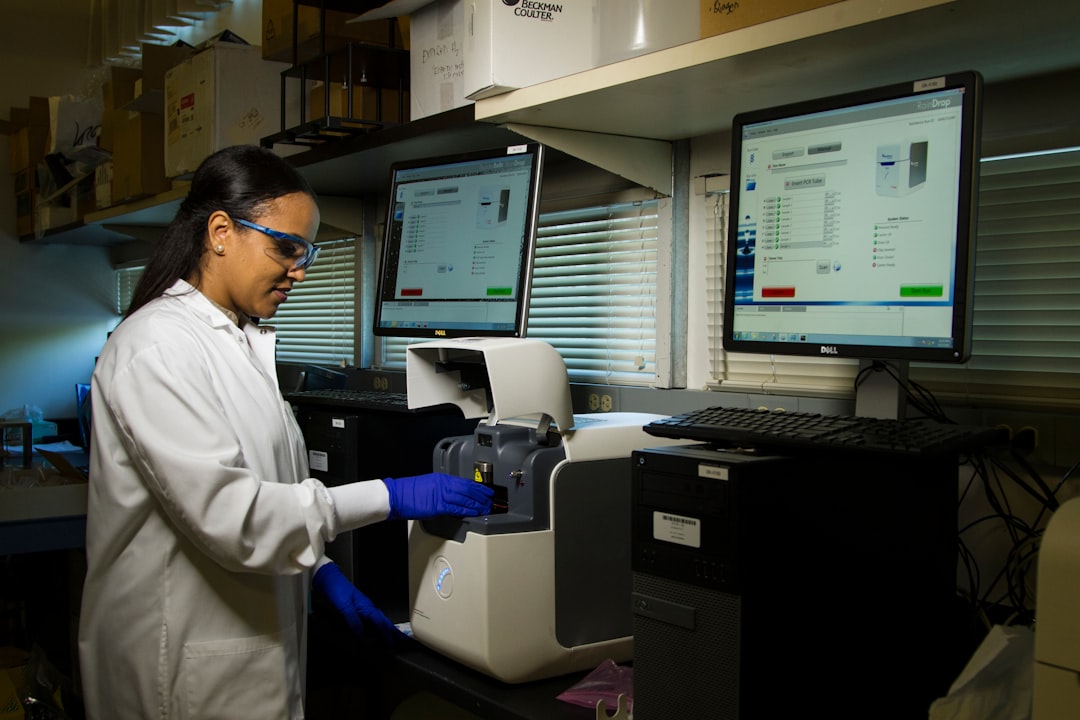
Colossal employs “parallel pathing” – they don’t wait until one set of work is finished to start another. If they did it all in a linear way, it would take much longer to produce calves. This strategic approach could be shaving years off traditional development timelines.
They’re doing “all these technologies in parallel. So, we do the bio, the editing, cellular engineering, and then also the reproductive work, both for surrogacy and artificial wombs.” While competitors might tackle each challenge sequentially, Colossal is solving multiple problems simultaneously.
Think of it like building a house while simultaneously designing the interior, sourcing materials, and training the construction crew. Everything happens at once, dramatically reducing total project time. This approach requires significant resources but can compress development cycles by years.
Artificial Womb Technology Advances Rapidly
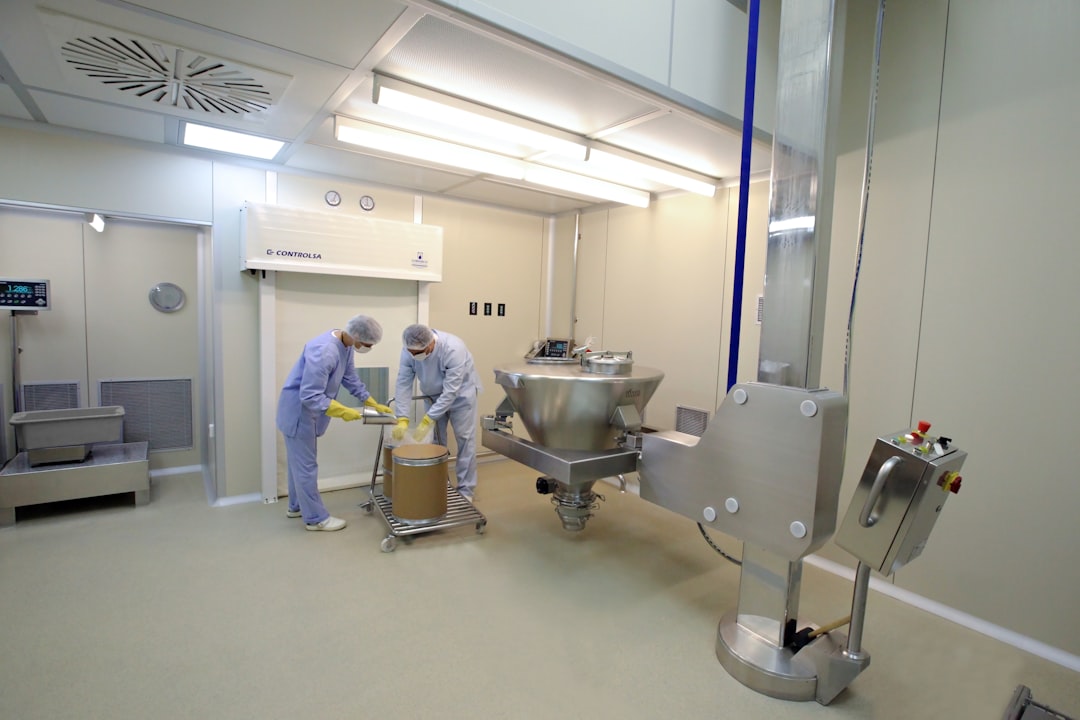
Perhaps the most game-changing development involves artificial wombs. Colossal’s 17-person exo-dev team are making incredible progress creating artificial wombs that will enable them to gestate these creatures. This technology could eliminate the need for endangered Asian elephant surrogates entirely.
The collaboration aims to explore the use of artificial wombs to safeguard the future of species facing extinction. An artificial womb would provide a means to grow healthy embryos outside of a natural womb, making it possible for endangered species to be born in safe and controllable environments.
The cells could then be induced to grow into an egg which could be fertilized and grown in an artificial womb. If successful, this removes one of the biggest ethical and logistical hurdles facing the project. Instead of risking endangered elephants, scientists could gestate mammoth embryos in controlled laboratory environments.
Stem Cell Breakthroughs Open New Doors

Scientists said they reached an important milestone: the creation of induced pluripotent stem cells for the closest living relative of the woolly mammoth. George Church called this “probably the most significant step in the early stages of this project.”
These stem cells can theoretically become any type of cell in the body. Once edited to have mammoth-like genetic traits, the elephant’s cells could be used to make eggs and sperm and an embryo that could be implanted into some kind of artificial womb.
Oliver Ryder noted that “producing induced pluripotent stems has proved to be very difficult for some species – notoriously the elephant. It’s a great advancement to have been able to accomplish this for elephants.” This achievement removes what many considered an insurmountable technical barrier.
Genetic Similarities Make It Easier Than Expected
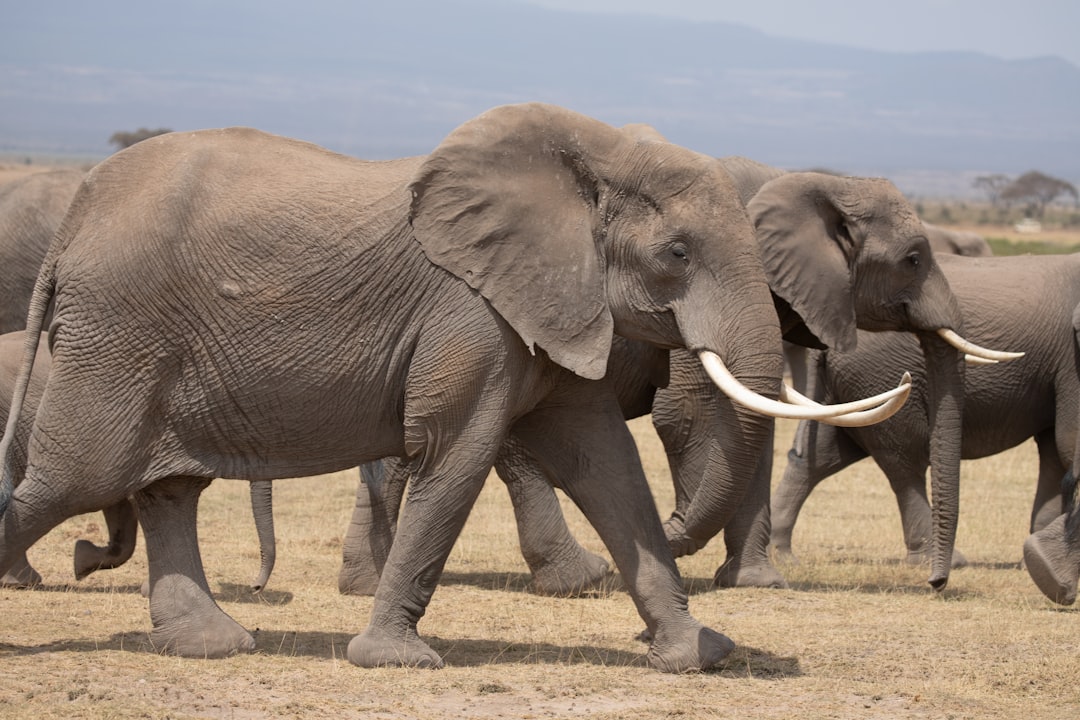
Asian elephants and woolly mammoths are 99.6% genomically similar. Comparative genomics shows that the mammoth genome matches 99% of the elephant genome. This remarkable genetic overlap means scientists need to modify surprisingly few genes to create a mammoth-like creature.
Church said it is possible to make 69 edits at one time in pigs. The number of modifications needed to make an Asian elephant resistant to the cold would be broadly similar. The technological capability already exists to make all necessary genetic changes simultaneously.
The outcome would be an elephant-mammoth hybrid with no more than 1% mammoth genes. Such a small genetic difference suggests the project might be far less complex than originally imagined. Rather than recreating an entirely new species, scientists are essentially adding a few cold-weather adaptations to existing elephants.
Critics Might Be Missing the Bigger Picture

While skeptics raise valid concerns about ethics and ecological impact, they might be underestimating how quickly this technology is advancing. Some worry about moral hazard: “if we think we can bring species back to life, why worry about letting them go extinct? And if we believe that de-extincted creatures will shield us from catastrophic climate scenarios, why stop emitting?”
Others question animal welfare, asking “How many maimed, deformed, stillborn, quasi-mammoth, quasi-elephants is it worth to bring back a sort-of mammoth?” These are serious ethical questions that deserve careful consideration.
However, critics often assume mammoth revival is still decades away, giving humanity plenty of time for ethical debates. Yet the rapid pace of recent breakthroughs suggests mammoths might arrive while we’re still arguing about whether they should. Some argue “the money would be better spent saving species on the brink of extinction” and worry that “de-extinction or genome-modified organisms as a conservation tool I believe is a distraction.” But what if mammoth technology actually helps save existing endangered species faster than traditional conservation methods?
The debate might soon shift from theoretical ethics to practical reality. When the first mammoth calf takes its first steps, philosophical arguments about whether it should exist become somewhat academic. Society will need to grapple with managing living, breathing Ice Age creatures rather than debating their hypothetical existence.
What do you think about it? Are we ready for mammoths to return sooner than expected? Tell us in the comments.

